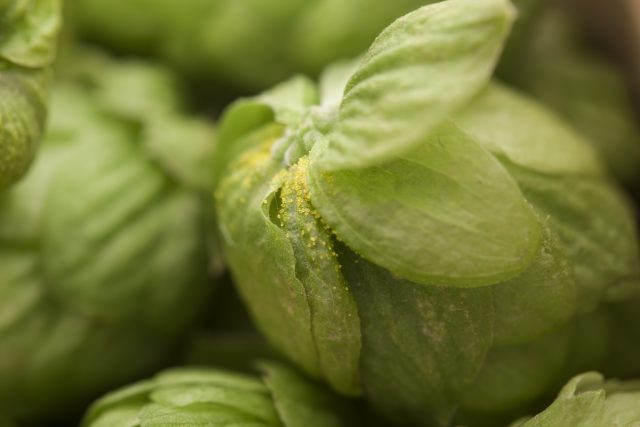Will brewers take advantage of the cryo hop trend?
The trend for brewing with cryogenic lupulin hops, also known as cryo hops, is ramping up with the broadening availability of new technology.

In a recent report from Craft Brewing Business, hop merchant Crosby Hops highlighted how many concentrated lupulin rich hops are produced by using super cold temperatures and then pelletised to offer up double both the aroma and the flavour of a standard hop cone.
The trend for this concentration, also found in Yakima Chief’s own patented ‘cryo hops’ has come into its own over the past few years following the popularity of hop-forward hazy IPAs and is essentially a way of following up on brewers’ increased desire for lupulin – the natural oils that can be found inside hops largely responsible for each varietal’s distinctively resinous character.
While companies like Yakima Chief have led the way with concentrated lupulin products including lupulin powder and their branded ‘cryo hops’, now other farmers and merchants are getting in on the trend.
In a video that explains how cryo hops are made, Crosby Hops draws attention to its CGX Cryogenic Lupulin Pellets — a new hop product that has just hit the beer sector and is making more varietals available in this concentrated form.
The video outlines not just how cryogenic hops are produced – using Crosby’s technique for doing it – but also illustrates how the process involves “raw hop bales being frozen” since cryo comes from the Greek word kryos meaning ‘frost’.
In the case of the new technology, the hops are chilled down and then put through a separation and “sieving” process that reportedly enriches the pellet with lots of lupulin.
During the video segment, Crosby Hops explained: “The oxygen factor [is] basically nonexistent. We all know what oxygen does to beer and hops, so using liquid nitrogen in our case is a really big benefit. And we have a closed system, so our system is totally enclosed from bale breaker all the way to the pellet mill. So it’s a gentler process, kinder to the lupulin glands. Just a more minimally processed hop product.”
Partner Content
The hop merchant also revealed: “CGX makes it possible to brew aggressively-hopped beers that can improve yields and margins while reducing the environmental footprint of production (packaging, logistics, and cold storage).”
According to its statements, two premier global hop providers and partners, Indie Hops and Hop Revolution are also set to have access to the patent-pending CGX technology.
Industry insiders have identified how this united effort greatly broadens brewers’ chances of experimenting in creating new beers with the benefits of cryogenic lupulin products – especially with multiple outlets from which to source them.
Additionally, the benefits for brewers looking to unleash the potential of the trend, means that breweries can increase brewing yield by using a reduced amount of plant material during brewing and as such reduce trub loss and increase the amount of usable beer brewed.
Back in January, Oregon-based Crosby Hops revealed that it was introducing CGX hop pellets in exclusive varieties of Strata from Indie Hops Flavor Project, and Nelson Sauvin from Hop Revolution – both industry firsts in the cryo format.
Since the 2022 Craft Brewers Conference where Crosby Hops revealed its forthcoming concentrated hop product release, the business has seen CGX demand accelerate with pre-orders already pushing some varieties into waitlist status.
According to Crosby Hops, it expects all 14 of its debut CGX varieties to be available by this month with additional inventory hitting the beer industry in due course.
Related news
Treasury Wine Estates plans leaner future amid US and China slowdown
The db wine crime files 2025: part 2
Don't pour this Christmas drink down the sink, plumbers caution




